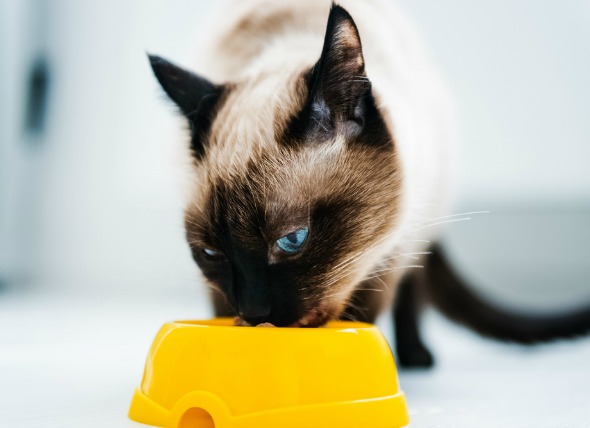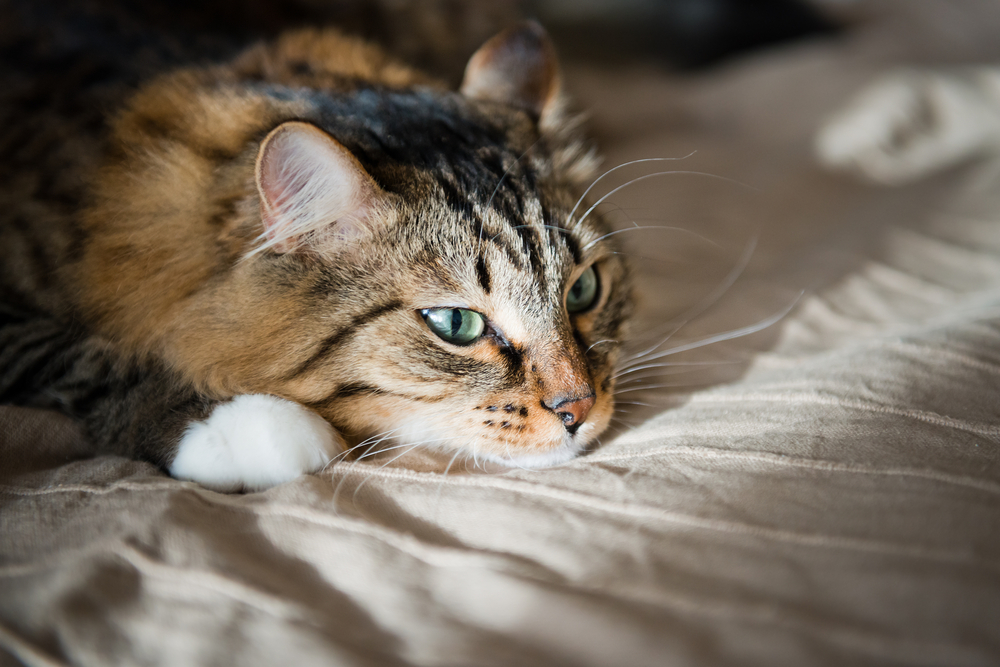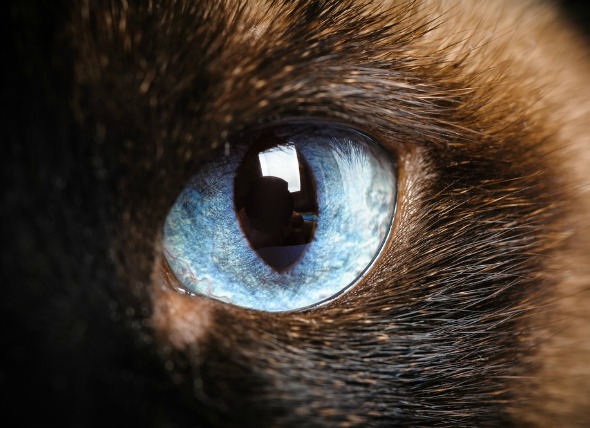
Hypoadrenocorticism is characterized by deficient production of glucocorticoids (cortisol) and/or mineralocorticoids (aldosterone). Mineralocorticoids and glucocorticoids are hormones normally produced by the adrenal glands, which are located near the kidneys. Both of these hormones are critical to the healthy functioning of the body, and an abnormal increase or decrease of either of these hormones can lead to serious health problems if not addressed in time. Deficient production of both these hormones can affect the nervous system, the gastrointestinal system, the kidneys, or the cardiovascular system, and as a result, can lead to a number of symptoms, notably weakness, dehydration, low blood pressure, depression, heart toxicity, vomiting, blood in feces, and weight loss. No breed predilection is reported in cats, though it is very rarely reported in cats overall.
Symptoms can vary depending on the duration of the problem. Life-threatening symptoms are usually observed in acute episodes of this disease. The following symptoms are commonly observed in cats:
You will need to give your veterinarian a thorough history of your cat's health and onset of symptoms. Your veterinarian will perform a thorough physical exam on your pet, including routine laboratory tests, a complete blood count, biochemistry profile, and urinalysis. The complete blood count may reveal anemia, an abnormally high number of eosinophils (a type of white blood cells that readily stains with eosin dye), and an increased number of lymphocytes (also a type of white blood cell) called (lymphocytosis).
Serum biochemistry testing may reveal an abnormally higher level of potassium, and an accumulation in the blood of urea - nitrogenous waste products that are usually excreted out of the body through the urine (azotemia). Other findings include lower levels of sodium (hyponatremia) and chloride (hypochloremia), increased levels of calcium (hypercalcemia), increased liver enzymes, including ALT and AST, and low blood sugar (hypoglycemia). The urinalysis may reveal a low concentration of urine. The definitive test for diagnosing this condition is by detecting the levels of cortisol in the body. Normally the adrenocorticotropic hormone (ACTH) is produced by the pituitary gland, which then stimulates the adrenal glands to release their hormones. ACTH can be injected into the body to test the normal response functions of the adrenal glands. If your cat’s adrenal glands do not show an increase in the release of hormones after being given ACTH, then the diagnosis of hypoadrenocorticism will be confirmed. Visual diagnostic procedures, like X-ray and ultrasound, may reveal smaller than normal adrenal glands.
A sudden and severe (acute) episode of hypoadrenocorticism is a medical emergency requiring immediate hospitalization and intensive therapy. The treatment for this disease depends on the type and severity of symptoms. Patients with low bodily fluids are given intravenous fluids to replace the deficient fluid levels, but the cornerstone of therapy is to supplementally replace the deficient hormones. Cats that have been diagnosed with this condition need to be treated with hormone injections for the rest of their lives.
In case of an acute episode of hypoadrenocorticism, your cat will need immediate treatment due to life-threatening symptoms. After the initial recovery, your veterinarian will calculate the dose that will balance your cat's hormone deficiency. The dose of these hormones may need to be increased occasionally, especially during periods of stress like travel, hospitalization, and surgery. Do not alter the brand or dose of hormone that has been prescribed without first consulting your veterinarian.
After the initial hormone replacement, you will need to visit your veterinarian at weekly intervals for at least the first four weeks. Your veterinarian will measure your cat's hormones during therapy and will modify the doses accordingly. Hormone injections are usually required at monthly intervals, and in some patients they are required every three weeks. Electrolyte levels will also be checked regularly due to the significant alternations in electrolytes that are typically seen with this disease. Good owner compliance is required for the life of the patient in order to benefit from treatment. With regular treatment, most patients do well and have a good prognosis.
 Eye Injuries in Cats
Corneal and Scleral Lacerations in Cats
In
Eye Injuries in Cats
Corneal and Scleral Lacerations in Cats
In
 Increased Appetite in Cats
Polyphagia in Cats
Polyphagia is the name of a me
Increased Appetite in Cats
Polyphagia in Cats
Polyphagia is the name of a me
 Wart Virus in Cats
Papillomatosis in Cats
The term papillomatosis is
Wart Virus in Cats
Papillomatosis in Cats
The term papillomatosis is
 Heart Disease (Hypertrophic Cardiomyopathy) in Cats
Cardiomyopathy, Hypertrophic in Cats
The heart ha
Heart Disease (Hypertrophic Cardiomyopathy) in Cats
Cardiomyopathy, Hypertrophic in Cats
The heart ha
 Tumor of the Eye in Cats
Uveal Melanoma in Cats
The uvea is the part of th
Tumor of the Eye in Cats
Uveal Melanoma in Cats
The uvea is the part of th
Copyright © 2005-2016 Pet Information All Rights Reserved
Contact us: www162date@outlook.com